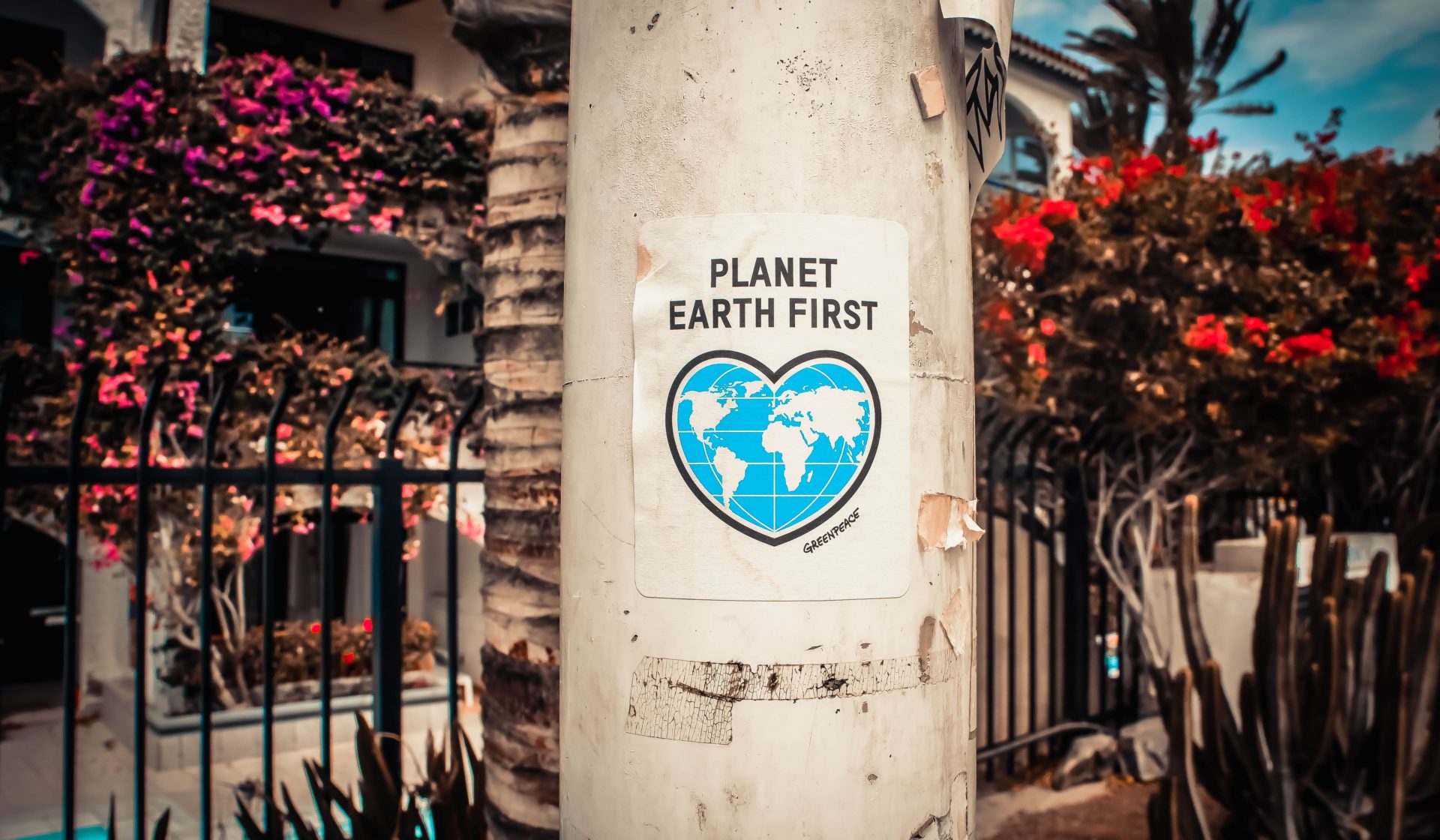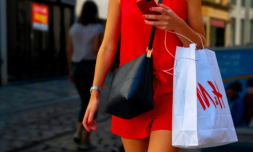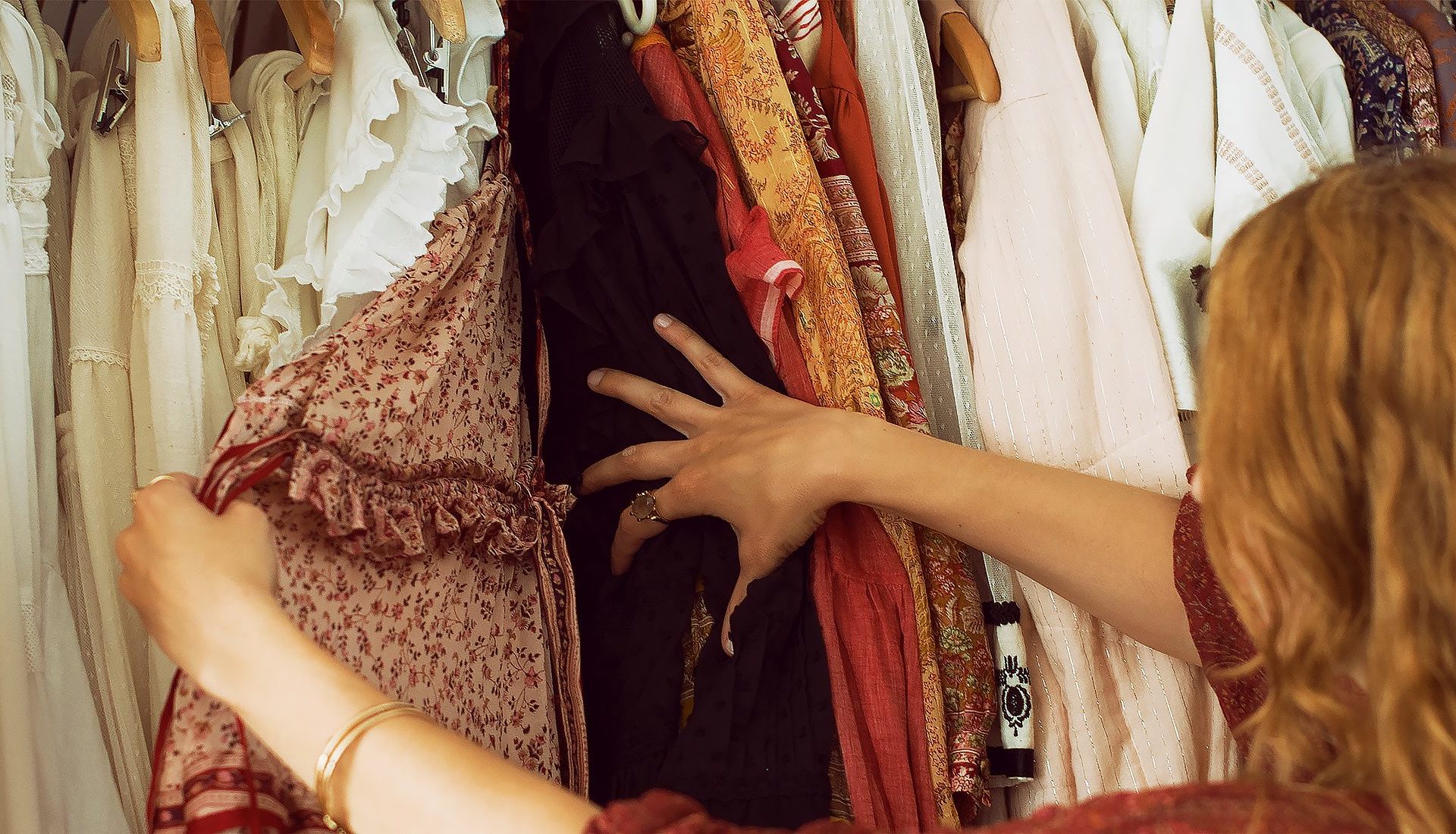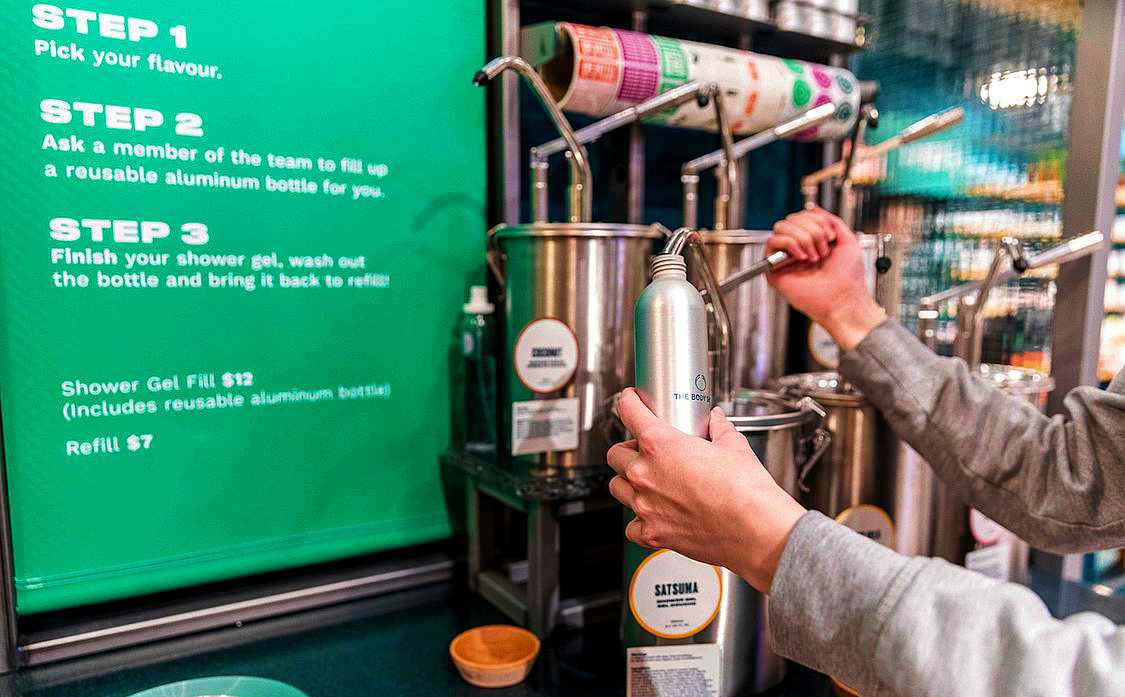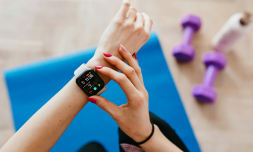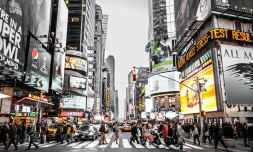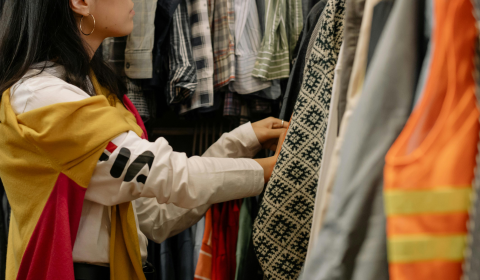Here are a few ways to ensure that your love of fashion and beauty isn’t contributing to the climate crisis in 2022. New year, less buying into industries renowned for being major culprits of ecological breakdown.
A week into 2022 and I’ve no doubt you’re dead set on sticking to those resolutions you made in preparation for what’s bound to be a better year than last.
While we tend to be obsessed with seasonal self-improvement, perhaps the only promises we should be making right now are those with the Earth in mind.
Faced with constant news of wildfires, droughts, floods, tornadoes, and melting ice shelves, the majority of us will be looking to tread lightly on the environment as we head into the coming months (unless you’re a world leader in denial, that is).
For this reason, I thought it fitting to address the fashion-and-beauty-obsessed among us, those seeking to be stylish this year, without buying into the industries we know are major culprits of ecological breakdown.
So, without further ado, here are a few ways to ensure that your outfit choices and skincare routines are putting planet first.
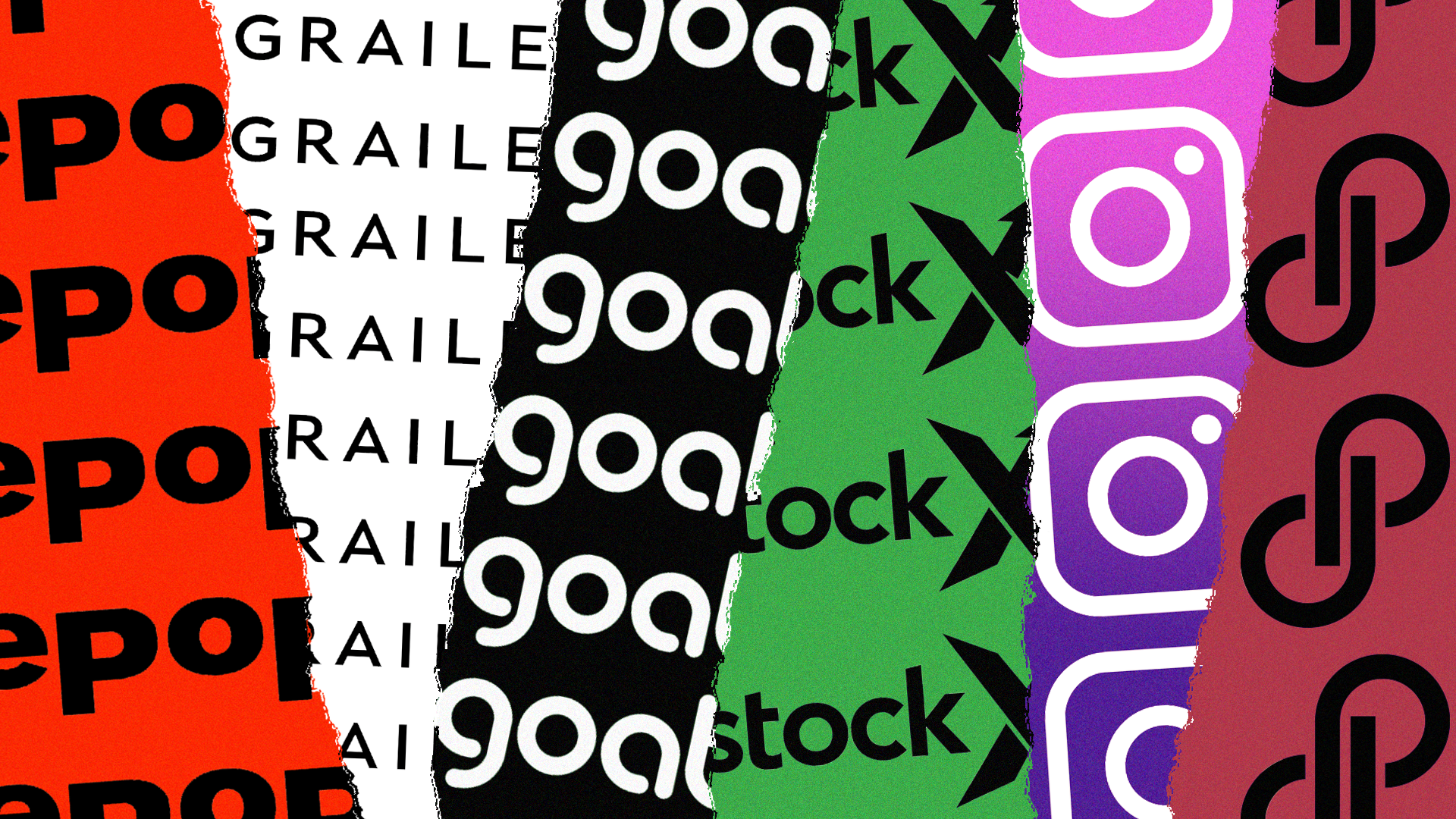
Shop pre-owned
The negative connotations once linked to pre-owned fashion are no more.
During a time in which the threat of climate change or an ecological disaster is more prevalent than ever, resale shopping is all the rage.
In case you’ve forgotten, fashion is officially the largest global consumer of water according to the UN Environment and generates ‘more greenhouse gas emissions than all international flights and maritime shipping combined.’
It’s also relatively notorious for how much waste it produces – one garbage truck every minute to be exact.
With concerns over the industry’s tremendous environmental impact growing ever-louder and more persistent, resale – and the elimination of over-consumption that comes with it – has become something of a saviour for sustainability in fashion.
Finding extra use for non-renewable clothing that’s already in circulation is a brilliant way to prevent items from ending up on landfill sites.
It also discourages customers from buying new and this reduction in purchasing greatly assists in slowing down environmental degradation.
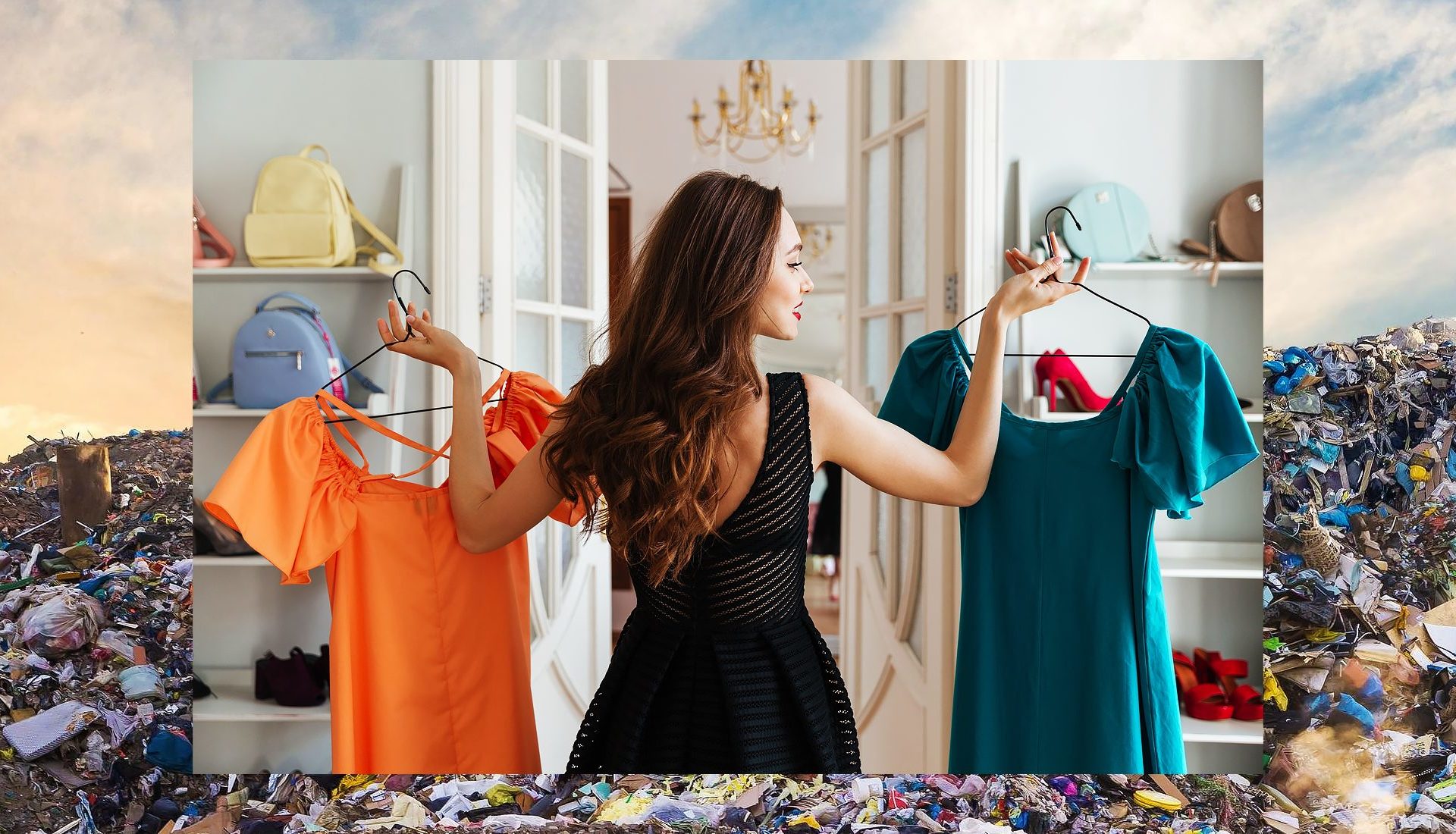
Try swishing
Have you ever tried on ten different outfits before frustratingly exclaiming ‘I’ve got nothing to wear!’ (we’ve all been there, trust me) and refusing to leave the house as a result?
Or scrolled through Instagram fawning over your favourite style icons wishing you could dress like them?
Well, as the old saying goes, ‘one person’s rubbish is another person’s treasure,’ and that’s exactly the idea behind Swishing, which lets you conduct a sartorial overhaul that isn’t going to cost you, or the environment.
Slowly developing into a global phenomenon, all you have to do is take something you no longer wear to a Swishing event such as Swapsies, ‘a fully-fledged social movement promoting waste reduction in the industry,’ and exchange it for something else.
It’s that simple. While there are different rules at each one, the general consensus is that you receive a single token for each item that’s in good condition which you can then hand in later for some fresh pieces.









